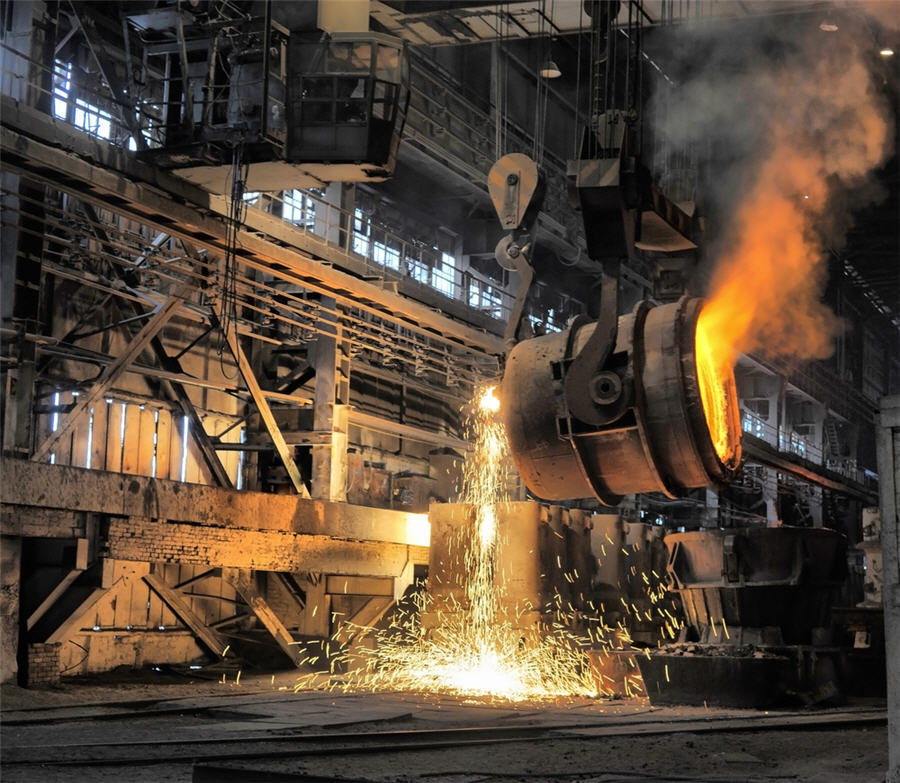
World Steel Association data showed a 5.7% jump in global steel output in the first quarter of 2017 to 410.5 million tonnes with robust growth across all regions.
The 50-year old industry body estimates that steel production in China, which is responsible for just shy of half the global total rose 4.6% year on year, but was fairly flat on a month-on-month basis.
World number three producer India recorded the biggest gain of the major producing countries, with output increasing by 10.7% year-on-year to 25.8m tonnes in Q1.
Installed steel capacity of roughly 2.4 billion tonnes is already enough to meet supply requirements through 2035
India’s infrastructure push should keep blast furnaces on the subcontinent humming throughout this decade and the country is set to overtake Japan soon, despite growing output for the island nation.
US output also rose in during the first quarter following an annual decline in 2016, jumping 3.8% in year on year terms. The strong numbers reflect the impact of anti-dumping measures against China spurring domestic output, optimism about President Donald Trump’s infrastructure plans and the firing up of the new Big River Steel plant in Arkansas at the end of last year.
Growth was also exceptional in Europe with a 6.7% jump in March bringing first quarter growth rate for the region to 3.8%.
While steel’s fortunes look bright in 2017, further out the industry is likely to enter a new period of lower growth.
World Steel Association Director General Edwin Basson said this week global installed steel capacity of roughly 2.4 billion tonnes “is already enough to meet supply requirements through 2035”:
Strong steel demand growth in developing countries will offset stabilizing demand in developed economies, but it means mostly flat overall global demand for likely the next two decades or more, Basson said.
Combine those factors with declining trends in steel use — due in part to increased production of high-strength, lightweight steels and a sharper focus on reuse and recycling — and the outcome is clear.
“We believe that steel demand, in terms of volume, has reached an important inflection point,” he said. “It will continue to grow, but the growth…is going to be much slower than it has been in the past two decades.”
Iron ore was trading at $59.50 a tonne on Friday, down 25% so far this year while coal used in steelmaking has fallen by the same margin at $170 a tonne as supply disruptions following tropical storms in Australia ease.